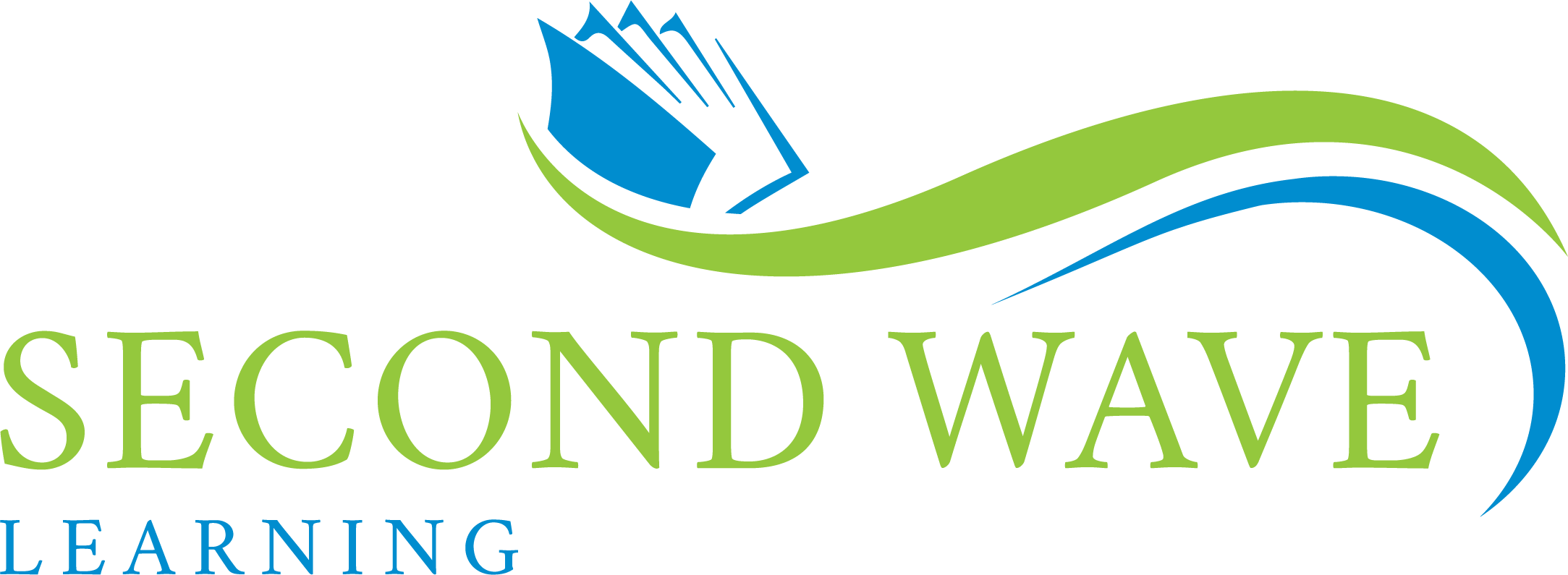Dear Friends,
I personally know two people that have a reasonably high paying job and do virtually no work. I thought this was an anomaly but a new article in Vox reveals that these “job zombies” are everywhere. Vox interviewed one government affairs representative that says she completes the work for her eight-hour shift in two to three hours each day. “I get paid,” she says, “but I feel useless and like I could be doing more.”
Ahh, the pressures of Zombie work… do I take a nap or go for a run?
A vast majority of people I know are over-worked and stressed about it. It’s been that way pretty much forever. But now we are off-loading work to automated processes through bots, AI and other tools. Some roles—specialized advanced analytics for example, are so specified that the boss has no clue what their employees do.
Despite this recent phenomenon of navel gazing on the job, Gen Z, is pressing the panic button at work. Deloitte’s annual survey on Millennials and Gen Z point to a generation that is really struggling under the weight of chronic anxiety. They’re worried about their financial situation, inflation, climate change and even concerned that the companies they work for aren’t doing enough to make a difference in the communities they serve. Just like everyone else, they are giving work a demotion and striving to prioritize life over work.
All of this makes the workplace strangely unfamiliar to leaders and managers. If you really want to get a handle of how work is changing, I’d recommend… a couple of books that put all of this in perspective. Amy Edmondson’s The Fearless Organization, changing social environments to respond flexibly to a changing environment. Another good one: The Transformation Myth: Leading Your Organization Through Uncertain Times by MIT Press, which will provide you with ideas on leading during uncertainty and change.
Manage The Zombie. Or. It will Manage you.
Warren







